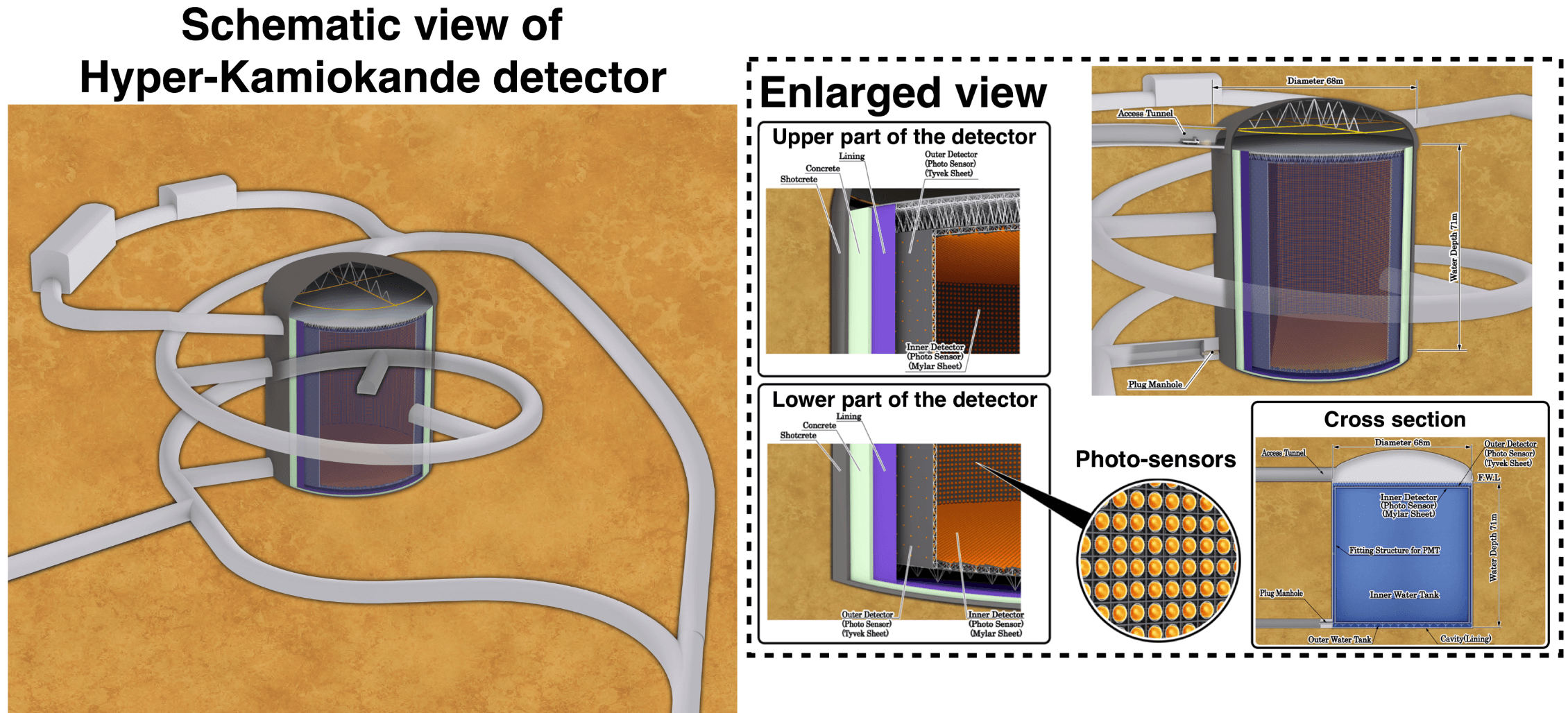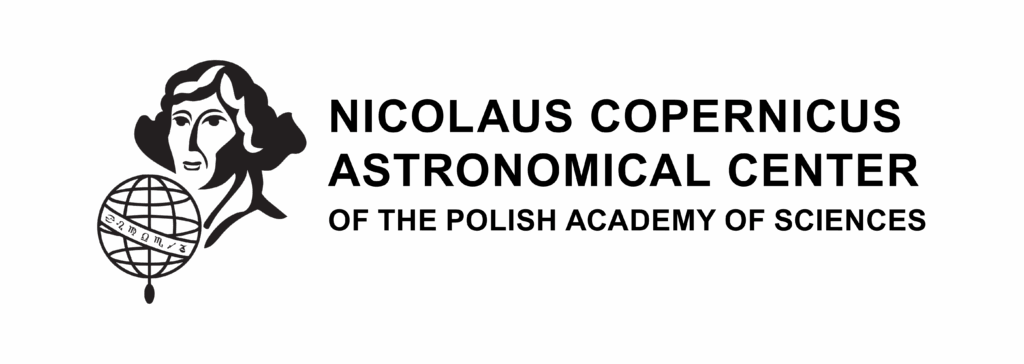As part of the Ministry of Education and Science program “Support for the participation of Polish scientific teams in international research infrastructure projects”, Polish Hyper-Kamiokande consortium has received funding of over 67 million PLN to provide contributions and to participate in the next generation long-baseline neutrino experiment Hyper-Kamiokande, which is currently being built in Japan. The consortium includes nine Polish institutions: the Institute of Nuclear Physics of the Polish Academy of Sciences, the University of Silesia, the National Centre for Nuclear Research (NCBJ), which is its coordinator, the Warsaw University of Technology, the University of Warsaw, the University of Wrocław, the AGH University of Science and Technology, the Jagiellonian University, and the Nicolaus Copernicus Astronomical Center (NCAC).
Dr. Marcin Ziembicki, a member of the AstroCeNT group 3, is the representative of NCAC in the consortium. Currently, approx. 560 scientists from 21 countries from three continents are involved in the Hyper-Kamiokande collaboration.
What is this project about?
Hyper-Kamiokande is a neutrino observatory being constructed on the site of the Kamioka Observatory, near Kamioka, Japan. The project started in 2010. The Hyper-Kamiokande detector will have a total mass eight times larger than its predecessor, Super-Kamiokande, and will be equipped with newly developed high-sensitivity photodetectors. The project aims to explain the Theory of Grand Unification and provide information about the history of the evolution of the Universe by studying the decay of protons and measuring the effects of CP-symmetry breaking (asymmetry between neutrinos and antineutrinos), as well as observing neutrinos from supernova explosions.
Research on neutrinos conducted in Japan has led to two Nobel Prize-winning achievements: the observation of neutrinos from astrophysical sources, and the discovery of the phenomenon of neutrino oscillation. In 2002, the first of these prizes was awarded to Raymond Davis Jr. (USA) and Masatoshi Koshiba (Japan) for their discovery of cosmic neutrinos. The detection involved observing neutrinos from the Sun and a supernova explosion in the Kamiokande detector. In 2015, the second prize was awarded to Takaaki Kajita (Japan) and Arthur B. McDonald (Canada) for their discovery of neutrino oscillation. Prof. T. Kajita worked on the Super-Kamiokande experiment and is the coordinator of the team responsible for constructing Hyper-Kamiokande at the University of Tokyo.
What role will Poland play in building the detector?
In Warsaw, several hundred photodetectors will be built at Warsaw University of Technology and the Nicolaus Copernicus Astronomical Center, while data readout systems will also be developed in Krakow at Jagiellonian University and AGH University of Science and Technology. The National Centre for Nuclear Research will construct an electron accelerator for precise calibration of the detector, including a beamline.
The Hyper-Kamiokande project is an excellent example of how cooperation and knowledge exchange in science between institutions and countries can bring humanity closer to understanding the mysteries of the universe. Stay tuned!
Source of the image: www-sk.icrr.u-tokyo.ac.jp








